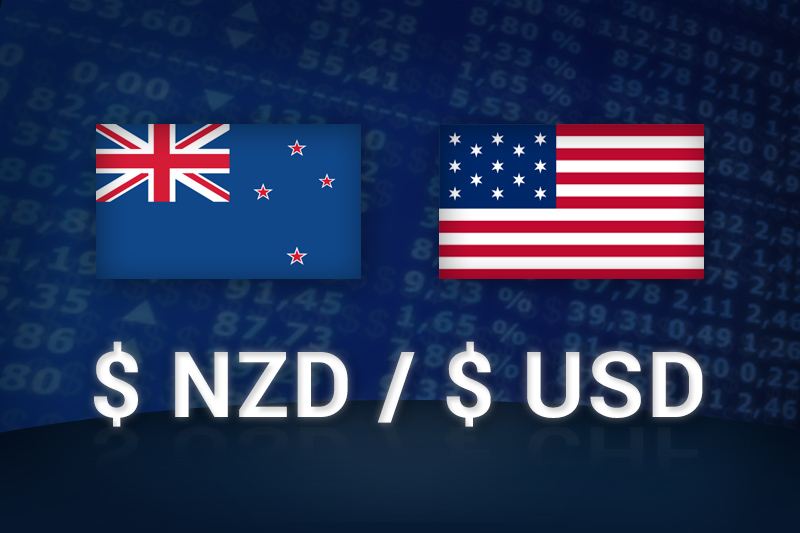Investing.com - The Kiwi fell in Asia on Thursday as investors noted the latest economic assessment from the central bank saw room to ease further and call for a weaker exchange rate.
NZD/USD traded at 0.6964, down 0.78%. Elsewhere, USD/JPY changed hands at 107.09, up 0.20%, while AUD/USD traded at 0.7467, down 0.08%. GBP/USD traded at 1.3226, up 0.16%.
In Asia a light data day sees the NAB quarterly business confidence survey up with the second quarter on tap and compared to a first quarter figure of plus-4.
Earlier, the Reserve Bank of New Zealand on Thursday suggested the more easing is possible from an overnight cash rate of 2.25% with a weaker Kiwi an aim of policy and downside risks for global growth a worry.
The U.S. dollar index, which measures the greenback’s strength against a trade-weighted basket of six major currencies, was last quoted at 97.16, up 0.10%.
Overnight, the dollar continued to hover near four-month highs against the other major currencies on Wednesday, as global growth concerns still weighed on market sentiment and as trading volumes were expected to remain light with no major U.S. data due throughout the day.
Investors remained cautious after the International Monetary Fund on Tuesday downwardly revised its projection for global economic growth in 2016 to 3.1%, from the prior 3.2%, though expecting a rebound to 3.4% in 2017.
The IMF cut the U.S. growth forecast to 2.2% from 2.4%, but said the Brexit impact on the U.S. economy would be muted and explained that the reduction was due to weaker than expected first quarter gross domestic product.
In addition, the IMF cut its U.K. growth forecast to 1.7% from the prior 1.9% for this year and slashing 2017 growth to 1.3% from April’s estimate of 2.2% due to the Brexit.
GBP/USD climbed 0.53% to 1.3182, off the one-week low of 1.3064 hit overnight.
The pound found support however after the U.K. Office for National Statistics said on Wednesday that the unemployment rate fell to 4.9% in the three months to May from April’s reading of 5.0%, compared to expectations for an unchanged reading.
The claimant count rose by 400 in June, compared to expectations for a increase of 3,500 people, and following an advance of 12,200 a month earlier.
Meanwhile, the average earnings index, including bonuses, rose by 2.3% in the three months to May, in line with forecasts and after increasing by 2.0% in the three months to April.
Excluding bonuses, wages rose by 2.2%, below forecasts for a 2.3% increase and following a 2.2% increase in the three months to April.
